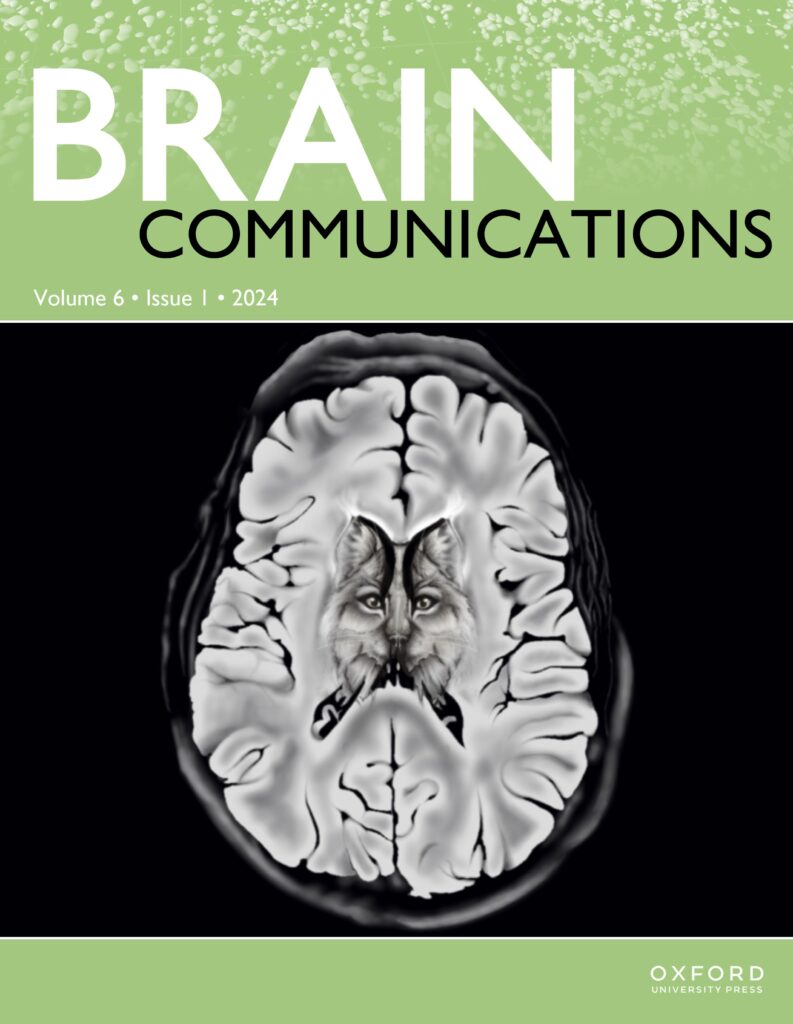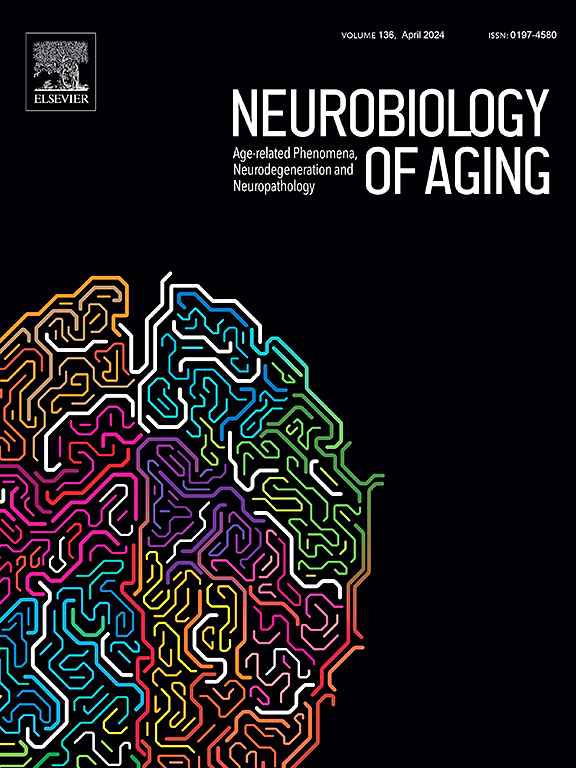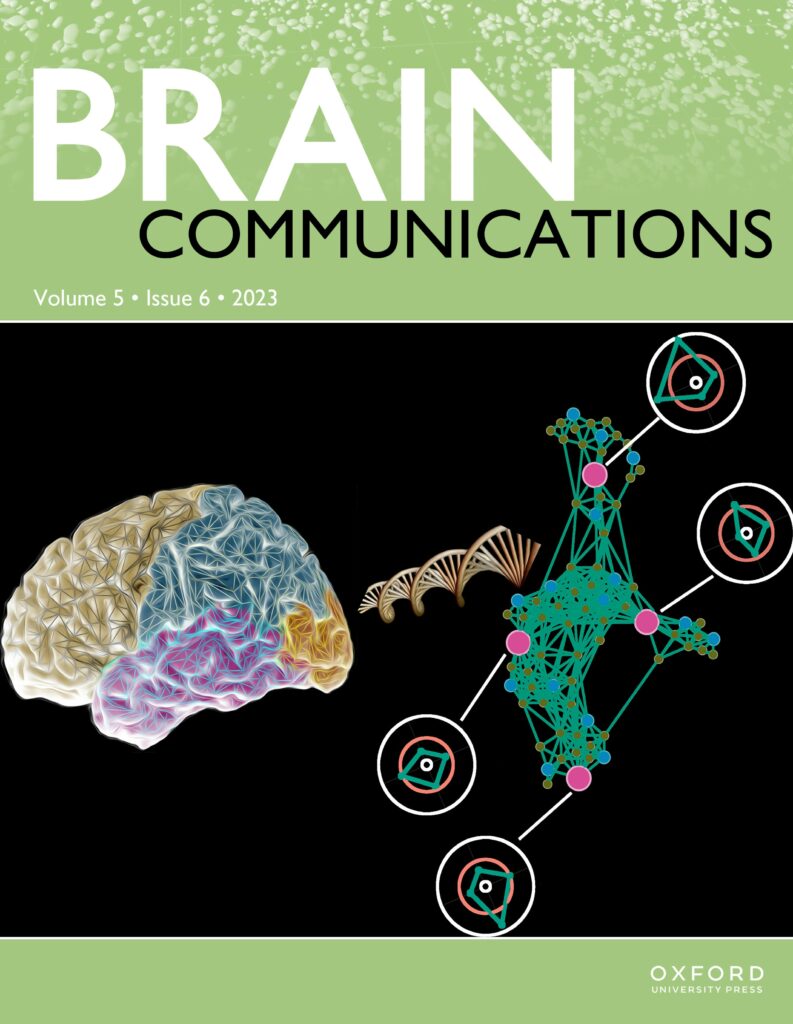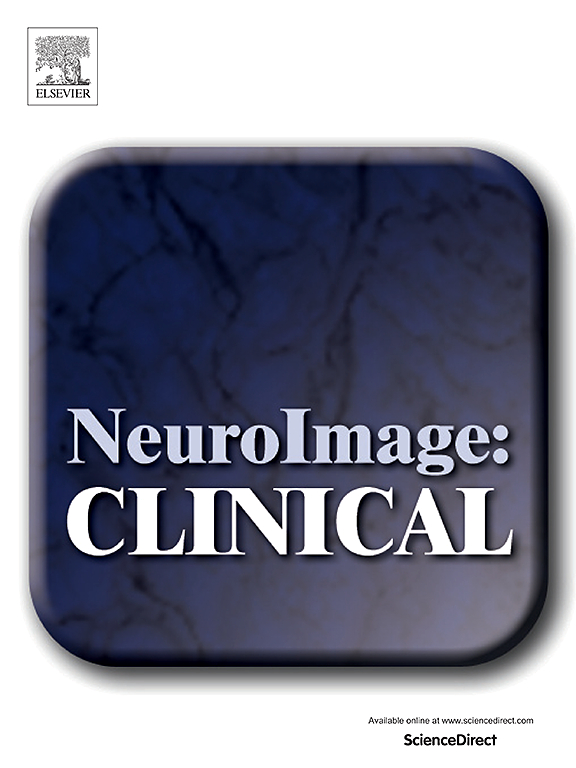Tau accumulation and its spatial progression across the Alzheimer’s disease spectrum. (St-Onge F. et al., 2024)
ABSTRACT :
The accumulation of tau abnormality in sporadic Alzheimer’s disease is believed typically to follow neuropathologically defined Braak staging. Recent in-vivo PET evidence challenges this belief, however, as accumulation patterns for tau appear heterogeneous among individuals with varying clinical expressions of Alzheimer’s disease. We, therefore, sought a better understanding of the spatial distribution of tau in the preclinical and clinical phases of sporadic Alzheimer’s disease and its association with cognitive decline. Longitudinal tau-PET data (1370 scans) from 832 participants (463 cognitively unimpaired, 277 with mild cognitive impairment and 92 with Alzheimer’s disease dementia) were obtained from the Alzheimer’s Disease Neuroimaging Initiative. Among these, we defined thresholds of abnormal tau deposition in 70 brain regions from the Desikan atlas, and for each group of regions characteristic of Braak staging. We summed each scan’s number of regions with abnormal tau deposition to form a spatial extent index. We then examined patterns of tau pathology cross-sectionally and longitudinally and assessed their heterogeneity. Finally, we compared our spatial extent index of tau uptake with a temporal meta-region of interest—a commonly used proxy of tau burden—assessing their association with cognitive scores and clinical progression. More than 80% of amyloid-beta positive participants across diagnostic groups followed typical Braak staging, both cross-sectionally and longitudinally. Within each Braak stage, however, the pattern of abnormality demonstrated significant heterogeneity such that the overlap of abnormal regions across participants averaged less than 50%, particularly in persons with mild cognitive impairment. Accumulation of tau progressed more rapidly among cognitively unimpaired and participants with mild cognitive impairment (1.2 newly abnormal regions per year) compared to participants with Alzheimer’s disease dementia (less than 1 newly abnormal region per year). Comparing the association of tau pathology and cognitive performance our spatial extent index was superior to the temporal meta-region of interest for identifying associations with memory in cognitively unimpaired individuals and explained more variance for measures of executive function in patients with mild cognitive impairments and Alzheimer’s disease dementia. Thus, while participants broadly followed Braak stages, significant individual regional heterogeneity of tau binding was observed at each clinical stage. Progression of the spatial extent of tau pathology appears to be fastest in cognitively unimpaired and persons with mild cognitive impairment. Exploring the spatial distribution of tau deposits throughout the entire brain may uncover further pathological variations and their correlation with cognitive impairments.






